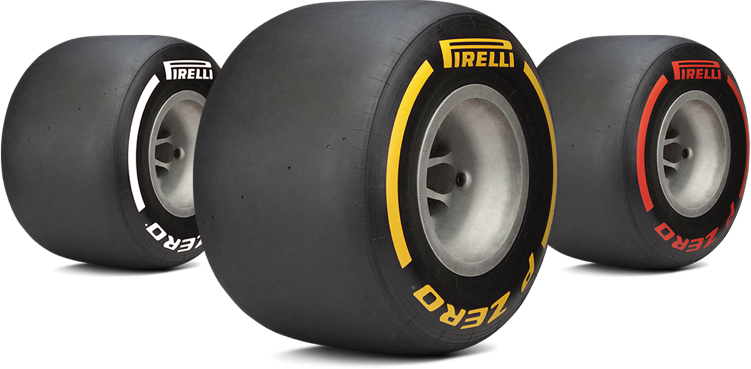Race car tyres are smooth so that they are able to get a good grip! Ever wonder how Formula 1 drivers dash successfully on racing roads? Nope. It’s definitely not the engine. It’s not the bodywork either. The real secret lies in their tyres. However why do racing cars have smooth tyres?
Unfortunately, not many racing enthusiasts realise this. Racing tyres help with satisfying their need for speed. But why are they smooth and not treaded, unlike normal car tires?
What Are The Benefits Of Not Having Treads On A Tyre?
Formula 1 is a sport which has extremely fine margins. If a driver is even only a few kilograms overweight, they could add on a few split seconds onto their team. Lowering the size of something on the car can lower the car’s drag and give a team a tiny but substantial advantage over their rivals. This demonstrates to you how much attention to detail is needed in the sport.
When it comes to tyres, it is not any different. This is as tyres do not have that much contact with the road as opposed to their surface area. Thus, it is vital to maximise the benefit of the area which touches the track. When you have grooves (treads) in your tyres, you are now minimising the amount of the tire which encounters the racing track.
Consequently, you are getting less grip as less surface area equals less traction. Utilising slick tyres means maximising rubber which touches the road, which is suitable for racing. Smooth tyres allow for more rubber to come into contact with the surface of the track. The more rubber which you have in contact with the track, the better grip the car has owing to the better traction. This makes racing faster as well as easier.
In addition, slick tyres are also useful as they wear at a more even rate as opposed to tyres with treads. With no treads on the tyres, even when they begin wearing down, the difference between them is that they are worn and the area that isn’t will not be that significant.
What Do Formula 1 Tyres Look Like?
Formula 1 tyres are taller and wider as opposed to road tyres. These tyres have a more rigid structure as opposed to road tyres. This makes it very possible for them to have an improved grip, which leads to them attaining higher speeds.
These tyres are made for high performance driving and need to hold up under a range of extreme circumstances. While a regular road car frequently has to withstand forces of 1G, a Formula 1 tyre must cope with four times that the amount. F1 tyres are not meant to last long distances, however they need to give the best likely performance during the shorter race distance.
There are six different tyre variants an F1 team can opt for: four different options from the super soft, which can get to extremely high speeds but deteriorates very quickly, to the harder tyres, which don’t offer as much grip.

